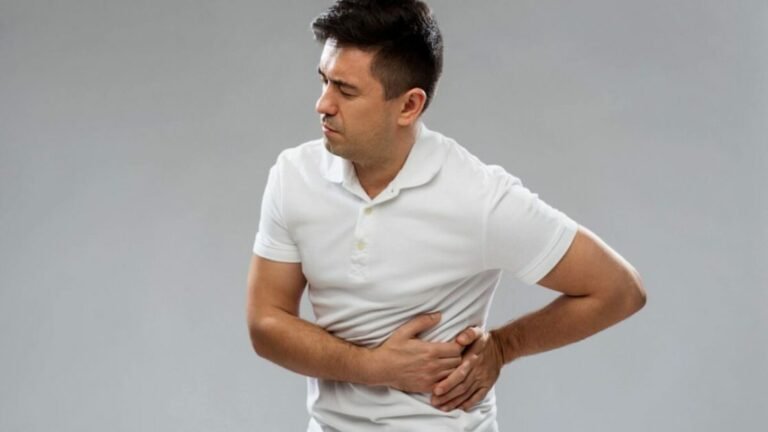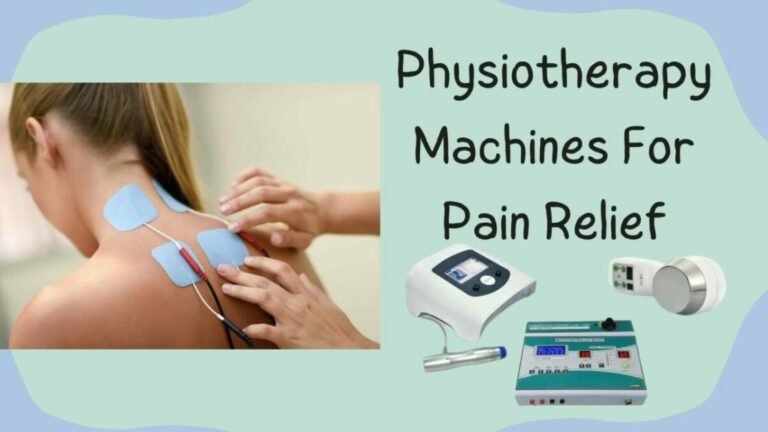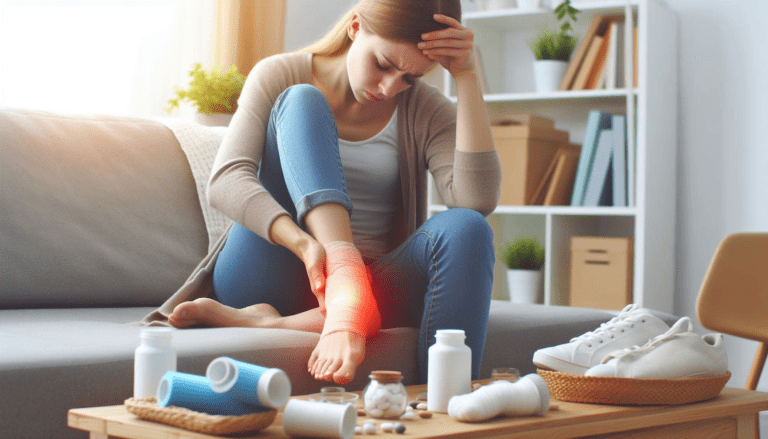Menopause and Joint Pain

As women navigate the transitional phase of menopause, they may encounter a host of physical and emotional changes, one of which is often overlooked – joint pain. While hot flashes, night sweats, and mood shifts are commonly associated with this natural biological process, many women are surprised to experience aching joints, stiffness, and discomfort during and after menopause.
The link between menopause and joint pain is a complex interplay of hormonal fluctuations, physiological changes, and lifestyle factors. By understanding this connection, women can better manage their symptoms and seek effective treatment options to alleviate discomfort and maintain their overall well-being.
The Hormonal Roller Coaster: How Estrogen Impacts Joint Health
During menopause, the body undergoes a significant hormonal shift, with a dramatic decline in estrogen levels. This hormone plays a crucial role in maintaining healthy joints by regulating inflammation, supporting bone density, and promoting cartilage health.
Estrogen has anti-inflammatory properties that help to reduce swelling and pain in the joints. As estrogen levels plummet during menopause, this natural protective mechanism is disrupted, leading to an increased risk of inflammation and joint discomfort.
Additionally, estrogen helps to maintain the integrity of cartilage – the smooth, cushioning tissue that covers the ends of bones in joints. When estrogen levels drop, cartilage can become thinner and more prone to damage, which can contribute to joint pain, stiffness, and an increased risk of osteoarthritis.
The Bone Connection: Osteoporosis and Joint Health
Menopause is also a risk factor for osteoporosis, a condition characterized by low bone density and an increased risk of fractures. Estrogen plays a vital role in regulating bone turnover, which is the process of breaking down and rebuilding bone tissue.
As estrogen levels decline during menopause, the rate of bone loss can accelerate, leading to weakened bones and an increased risk of fractures. This can have a direct impact on joint health, as fractures in areas like the wrist, hip, or spine can cause pain, limited mobility, and further complications that affect the joints.
Furthermore, osteoporosis-related changes in bone structure and strength can alter the mechanics of joints, leading to increased stress and wear on cartilage, potentially exacerbating joint pain and discomfort.
Lifestyle Factors: Weight, Activity Level, and Nutrition
While hormonal changes are a significant contributor to joint pain during menopause, lifestyle factors also play a crucial role. Weight gain, which is common during this transition, can put additional stress on weight-bearing joints like the knees, hips, and ankles, leading to increased pain and discomfort.
Physical activity levels can also impact joint health during menopause. Women who lead a sedentary lifestyle may experience muscle weakness and decreased flexibility, which can contribute to joint stiffness and discomfort. Conversely, engaging in regular, low-impact exercise can help strengthen the muscles that support the joints, improve flexibility, and promote overall joint health.
Nutrition also plays a vital role in maintaining healthy joints during menopause. A diet rich in anti-inflammatory foods, such as fruits, vegetables, and omega-3 fatty acids, can help reduce inflammation and support joint health. Additionally, ensuring adequate intake of calcium, vitamin D, and other essential nutrients can support bone density and overall joint function.
Finding Relief: Treatment Options for Menopause Joint Pain
While joint pain during menopause can be a frustrating and debilitating experience, there are several treatment options available to help alleviate discomfort and improve overall joint health.
1. Hormone Replacement Therapy (HRT): For women experiencing severe menopausal symptoms, including joint pain, hormone replacement therapy (HRT) may be an option. HRT can help restore estrogen levels, potentially reducing inflammation, supporting cartilage health, and improving overall joint function.
2. Pain Management: Over-the-counter anti-inflammatory medications, such as ibuprofen or naproxen, can help reduce joint pain and swelling associated with menopause. However, it’s essential to consult with a healthcare professional before starting any new medication, as prolonged use of these drugs can have side effects.
3. Weight Management: Maintaining a healthy weight through a balanced diet and regular exercise can help reduce the stress on weight-bearing joints and alleviate joint pain during menopause.
4. Exercise and Physical Therapy: Low-impact exercises, such as swimming, cycling, or walking, can help strengthen the muscles that support the joints and improve flexibility. Physical therapy can also provide targeted exercises and techniques to reduce joint pain and improve mobility.
5. Complementary and Alternative Therapies: Some women find relief from menopause joint pain through complementary and alternative therapies, such as acupuncture, massage, or herbal supplements. However, it’s crucial to consult with a healthcare professional before trying any new therapies, as some may interact with medications or have potential side effects.
6. Joint Supplements: Supplements containing glucosamine, chondroitin, or omega-3 fatty acids may help support joint health and reduce inflammation. However, it’s essential to discuss the use of supplements with a healthcare professional, as their effectiveness and safety can vary.
Seeking Support and Staying Positive
Managing joint pain during menopause can be challenging, but it’s essential to remember that you are not alone. Seeking support from healthcare professionals, joining support groups, or connecting with other women going through similar experiences can provide valuable insight, encouragement, and practical strategies for coping with joint pain.
Maintaining a positive mindset and focusing on self-care practices, such as stress management techniques, can also play a significant role in overall well-being and managing the physical and emotional challenges associated with menopause joint pain.
By understanding the connection between menopause and joint pain, exploring various treatment options, and embracing a holistic approach to health and wellness, women can find relief and maintain an active, fulfilling lifestyle during this transformative phase of life.
Carol Harper
View All By Carol






